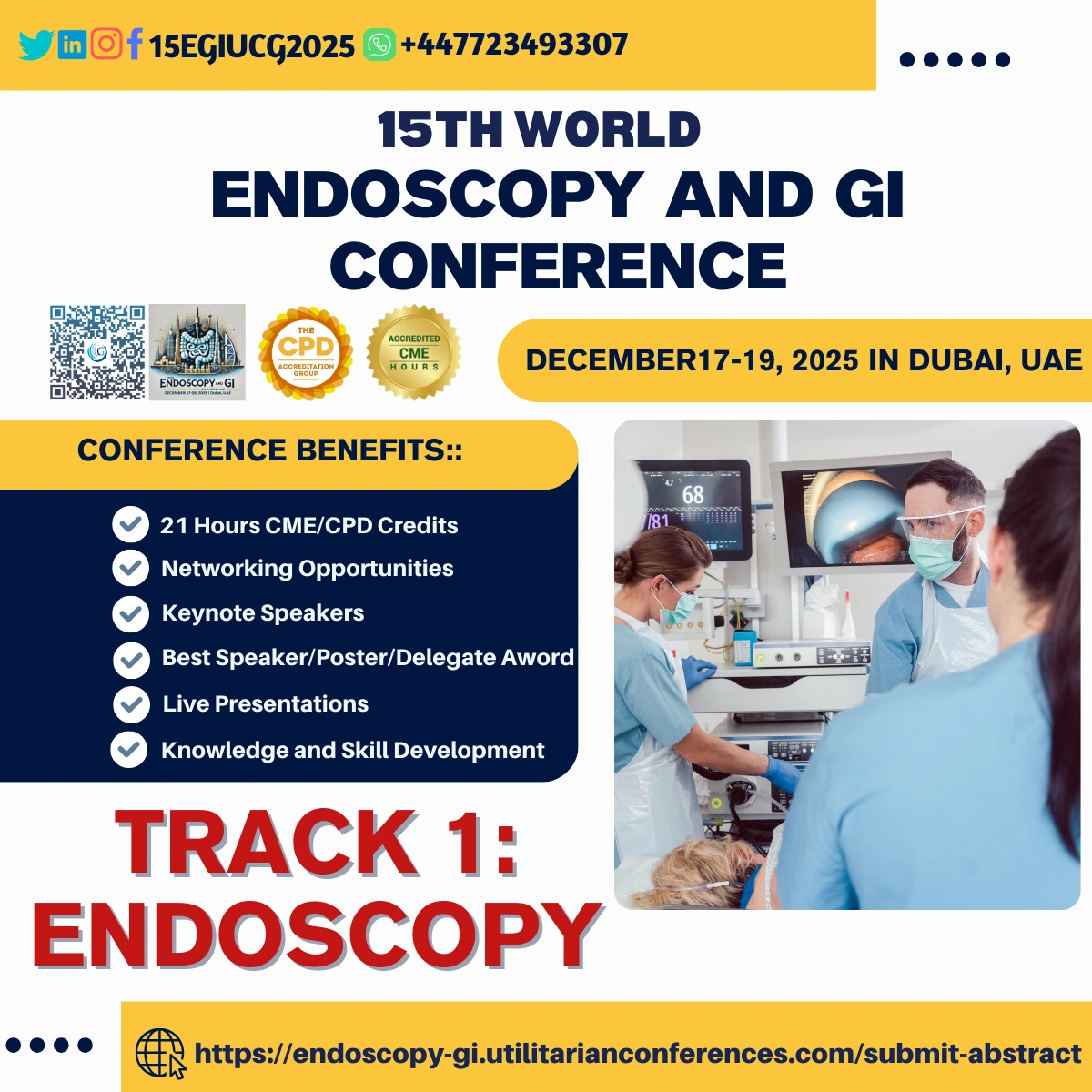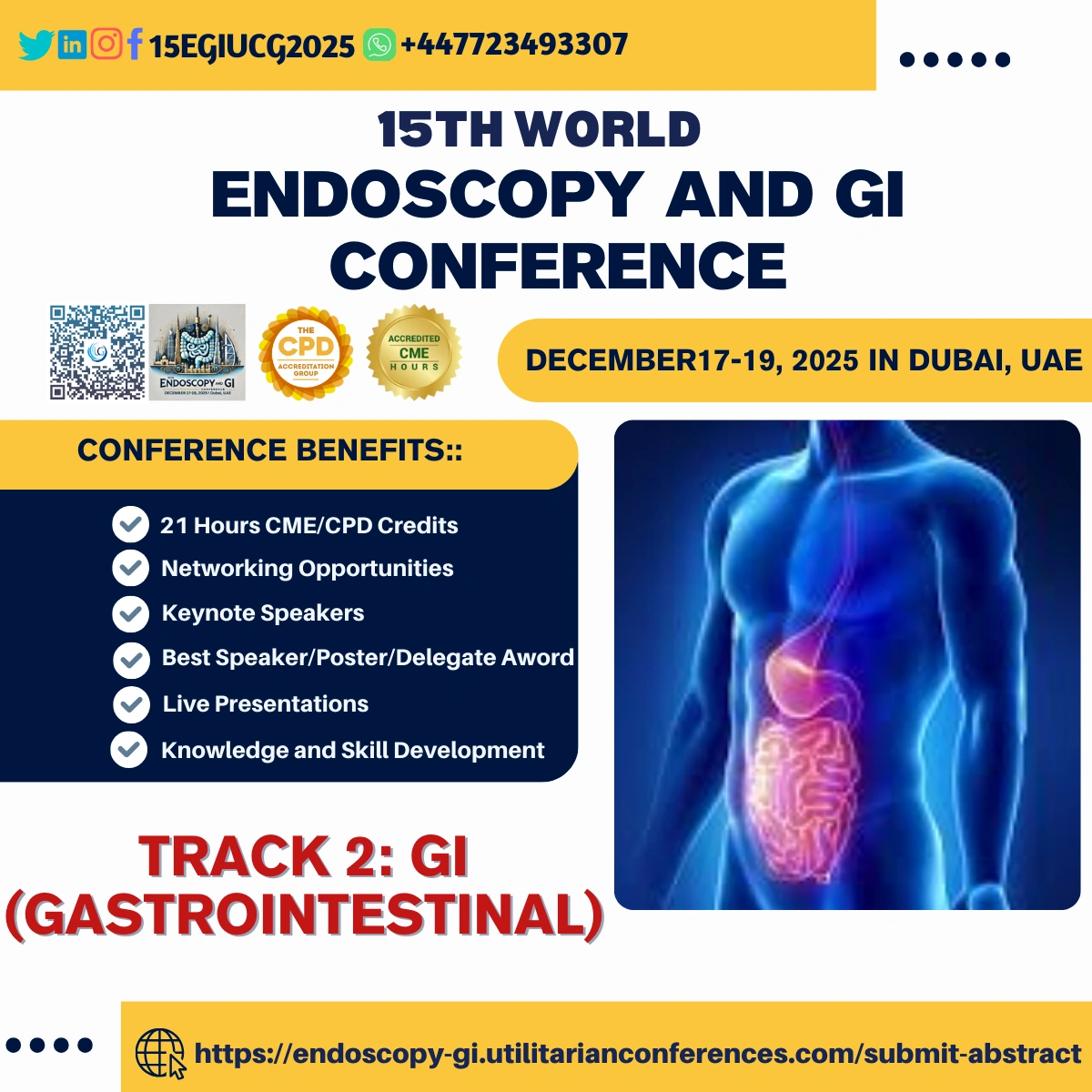Endoscopic Retrograde Cholangiopancreatography (ERCP) is a specialized endoscopic procedure used to diagnose and treat conditions related to the bile ducts, pancreas, and gallbladder. It combines the use of endoscopy and fluoroscopy (X-ray imaging) to visualize the bile ducts and pancreas and perform therapeutic interventions.
Procedure Overview:
Endoscopy: The procedure begins with the insertion of a flexible tube (endoscope) through the mouth and into the stomach and duodenum (the first part of the small intestine). The endoscope is equipped with a light and camera to allow the physician to view the digestive tract on a monitor.
Fluoroscopy: Once the endoscope reaches the duodenum, a catheter (a small flexible tube) is passed through the endoscope into the bile ducts or pancreatic ducts. A contrast dye (radiopaque dye) is then injected, and X-ray images are taken to visualize any blockages, strictures, stones, or other abnormalities in the ducts.
Therapeutic Uses of ERCP:
ERCP is not only a diagnostic tool but also allows for the treatment of several conditions, such as:
- Removing Gallstones: ERCP can be used to remove stones from the bile ducts or gallbladder.
- Stent Placement: In cases of blocked ducts (due to tumors, scarring, or strictures), stents (small mesh tubes) can be placed to keep the ducts open.
- Biopsy: Tissue samples can be taken for further analysis if there is suspicion of cancer or other diseases.
- Drainage: If there is an obstruction, ERCP can be used to drain fluid or pus from an infected bile duct or pancreas.
- Treatment of Pancreatitis: ERCP is sometimes used to treat complications of pancreatitis, such as strictures or blocked ducts.
Common Conditions Diagnosed or Treated with ERCP:
- Gallstones: Stones can block bile ducts, causing pain, infection, or jaundice.
- Bile Duct Strictures: Narrowing of the bile ducts due to inflammation or scarring.
- Cholangiocarcinoma: Cancer of the bile ducts.
- Pancreatitis: Inflammation of the pancreas, often caused by blockages in the pancreatic ducts.
- Cancer of the Pancreas or Gallbladder: ERCP can assist in diagnosing cancer by allowing biopsy and imaging of suspicious areas.
- Sphincter of Oddi Dysfunction: A condition in which the valve controlling bile and pancreatic fluid release is not working properly.
Benefits of ERCP:
- Minimally Invasive: ERCP is a minimally invasive procedure that can avoid the need for open surgery.
- Diagnostic and Therapeutic: It serves both as a diagnostic tool to detect abnormalities and a therapeutic option for treating certain conditions.
- Accurate Imaging: Provides detailed images of the bile ducts and pancreatic ducts, allowing precise identification of issues.
Risks and Complications:
Although ERCP is generally safe, it carries some risks, such as:
- Pancreatitis: Inflammation of the pancreas is a potential complication after ERCP.
- Infection: There is a small risk of infection in the bile ducts or pancreas.
- Perforation: In rare cases, the endoscope may cause a tear in the lining of the digestive tract.
- Bleeding: Particularly after a procedure like bile duct stone removal or biopsy.
- Allergic Reactions: Some patients may have an allergic reaction to the contrast dye used during the procedure.
Preparation for ERCP:
- Fasting: Patients are usually required to fast for at least 6 to 8 hours before the procedure to ensure an empty stomach.
- Sedation: ERCP is typically performed under sedation or anesthesia to minimize discomfort and help the patient relax during the procedure.
Conclusion:
Endoscopic Retrograde Cholangiopancreatography (ERCP) is an essential procedure in diagnosing and treating a variety of conditions related to the bile ducts and pancreas. It provides detailed images and allows for therapeutic interventions, offering a less invasive alternative to surgery in many cases. However, like any medical procedure, it comes with some risks, and patients should discuss the potential benefits and risks with their healthcare provider prior to undergoing ERCP.
Sub Topic: Overview of ERCP as a diagnostic and therapeutic tool, Indications for ERCP, The ERCP Procedure, Therapeutic Applications of ERCP, Risks and Complications of ERCP, ERCP in Special Populations, Future Directions and Innovations in ERCP.





